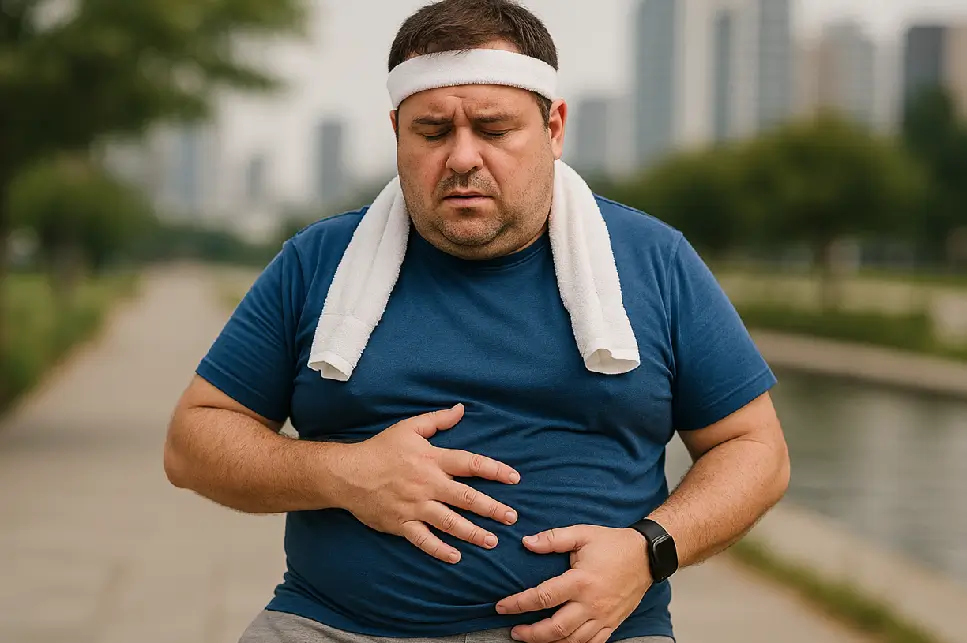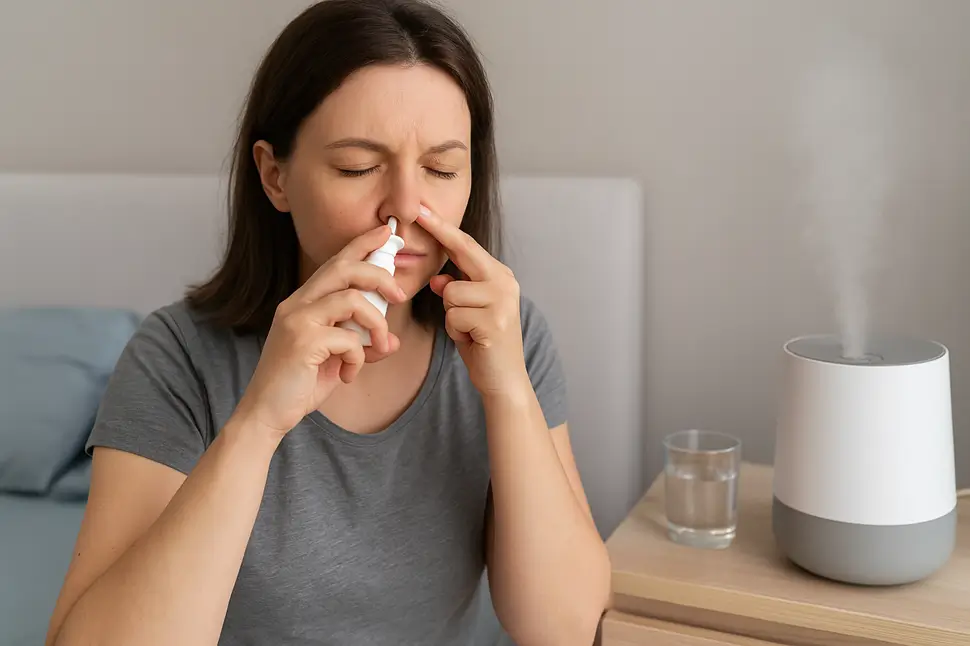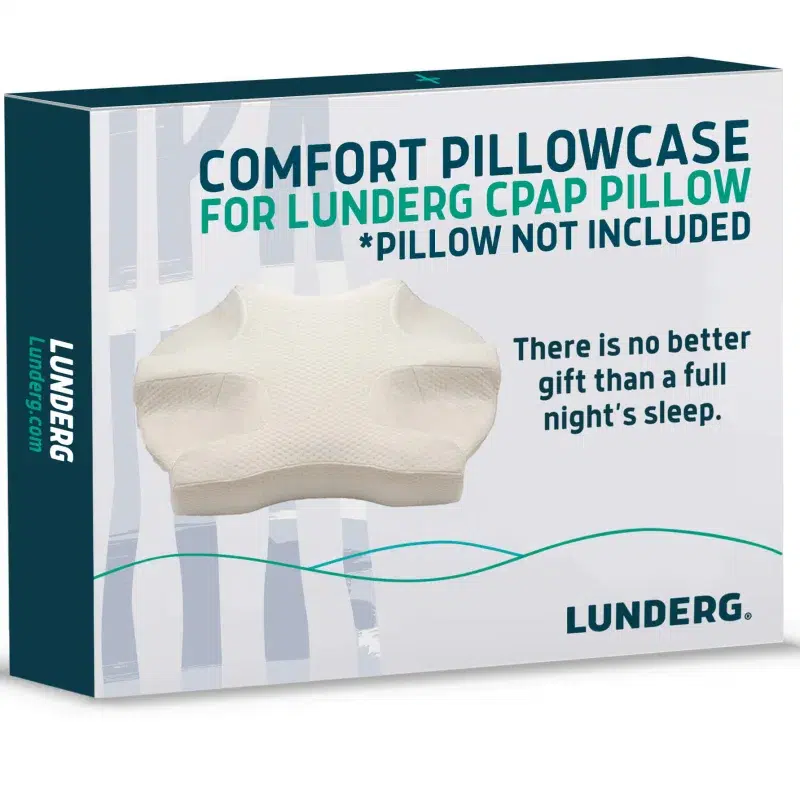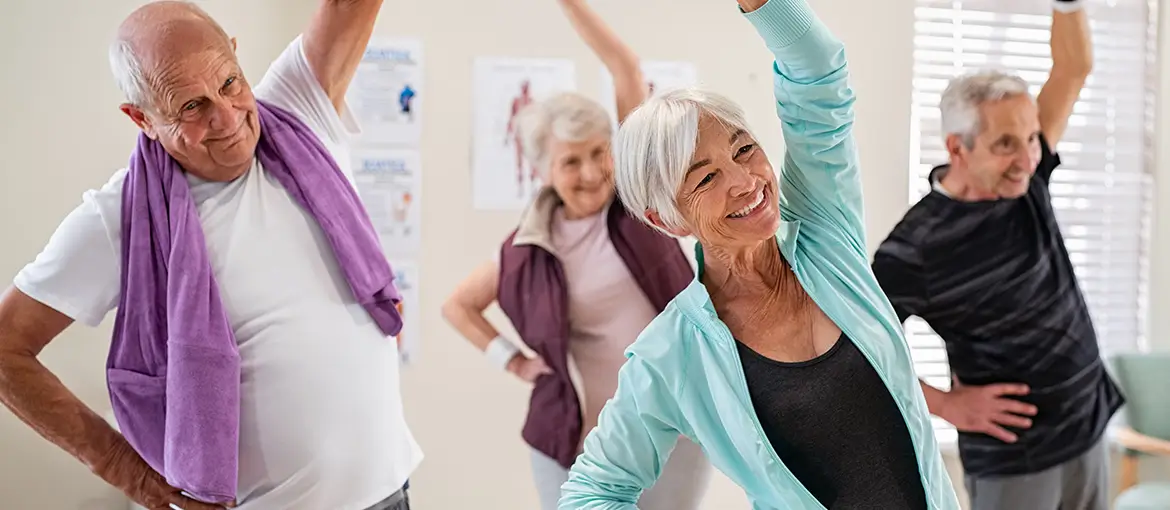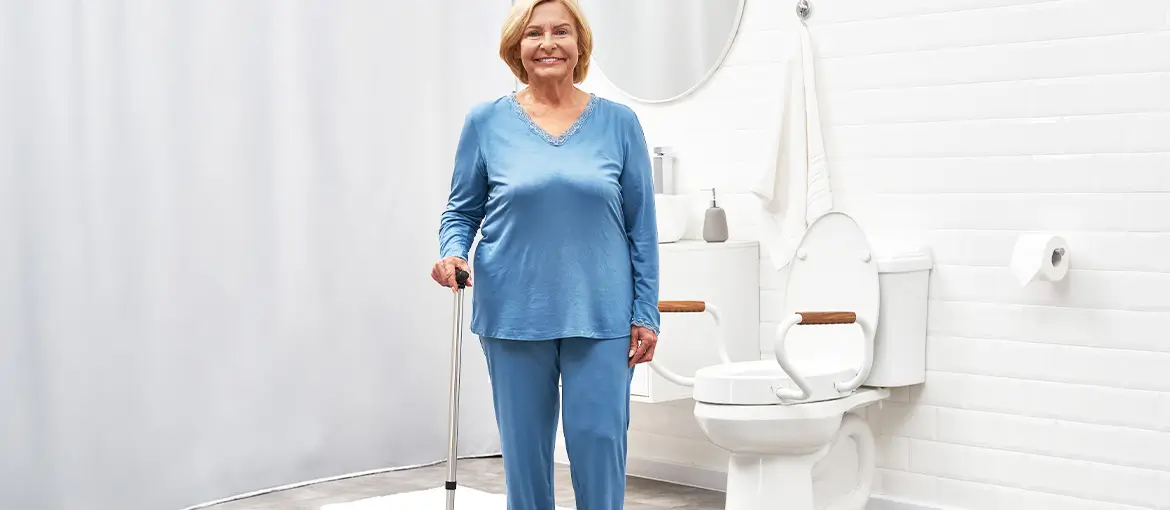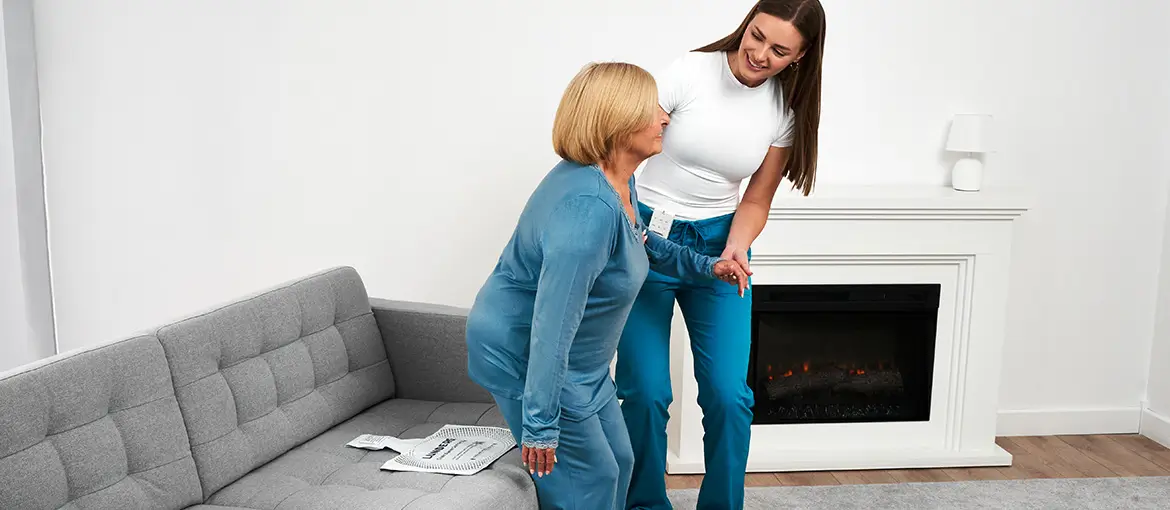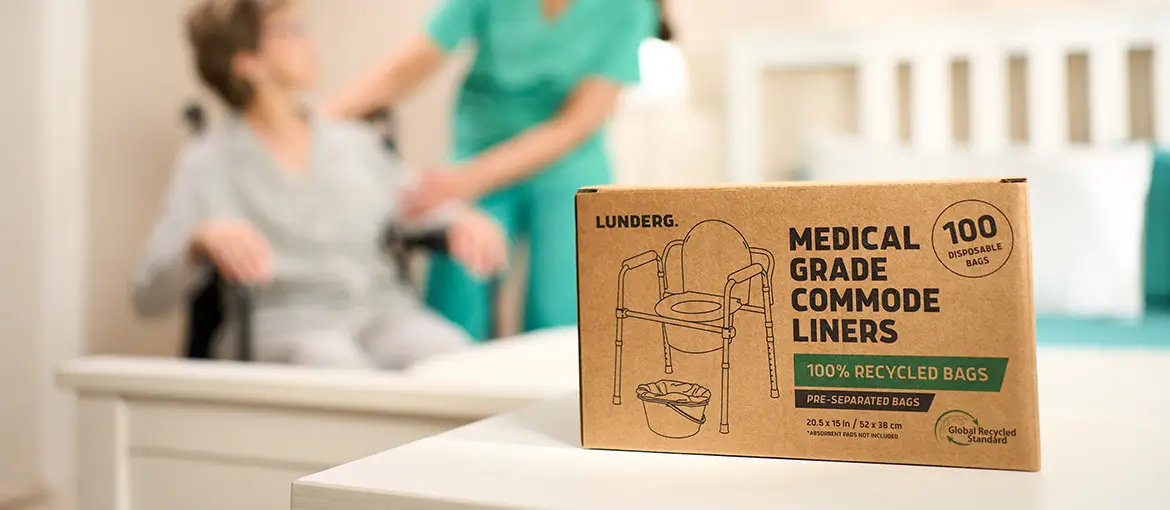Sleep apnea is a common yet serious sleep disorder that causes repeated interruptions in breathing during sleep. These interruptions can drastically reduce sleep quality, leaving sufferers feeling tired, foggy, and irritable during the day. Untreated sleep apnea is linked to a host of health problems, including high blood pressure, heart disease, diabetes, and depression.
Quality sleep is essential for physical and mental well-being, but achieving restful nights can be especially challenging for those with sleep apnea. Fortunately, there are numerous strategies to enhance sleep quality and manage symptoms more effectively. These include CPAP (Continuous Positive Airway Pressure) therapy adjustments, lifestyle modifications, and investing in supportive tools like CPAP pillows. Whether you’re newly diagnosed or a long-time user seeking relief, this comprehensive guide offers 15 proven ways to improve your sleep when living with sleep apnea.
1. Use a CPAP Pillow for Better Comfort
One of the most effective ways to enhance CPAP therapy comfort is by using a CPAP pillow. Traditional pillows can push against your mask, causing air leaks, discomfort, and poor alignment. A specially designed CPAP pillow, like the Lunderg CPAP Pillow, helps minimize mask interference and provides proper cervical support.
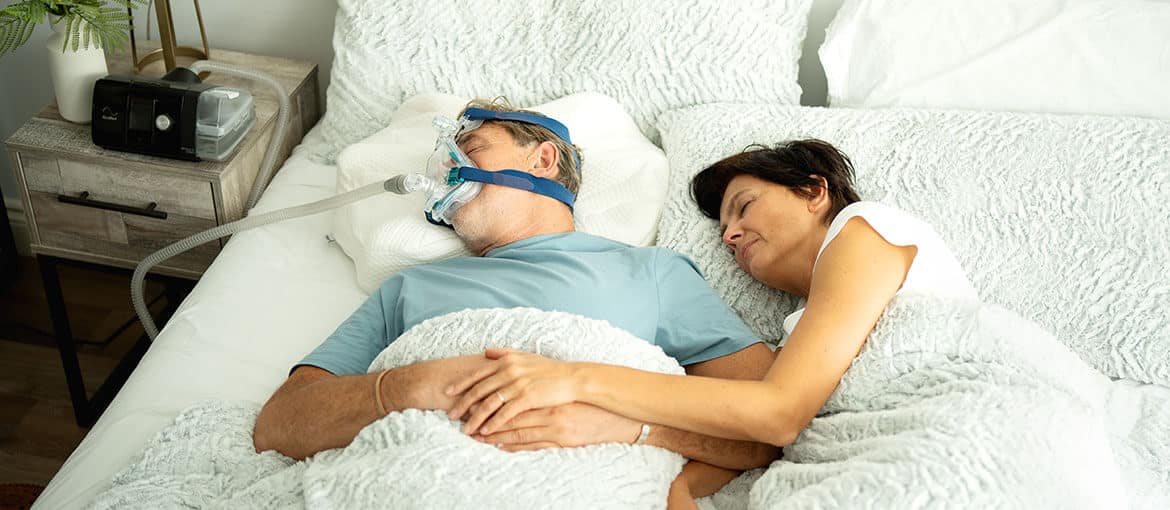
2. Adjust Your Sleeping Position
Your sleeping position can greatly influence the severity of sleep apnea symptoms. Sleeping on your back often worsens obstructive sleep apnea because gravity causes the tongue and soft tissues to fall backward, blocking the airway. Instead, side sleeping is typically recommended.
Side sleeping can reduce the number of apneas and snoring episodes, making CPAP therapy more effective. If you’re a back sleeper by habit, consider using a body pillow or positional therapy device to help maintain a side-sleeping posture throughout the night. Even a slight change in position can improve airflow and reduce breathing interruptions.
3. Optimize Your CPAP Mask Fit
A poor-fitting CPAP mask can lead to leaks, discomfort, and reduced therapy effectiveness. It’s crucial to find a mask style that suits your face shape, sleep position, and breathing habits. Common types include nasal masks, full-face masks, and nasal pillows.
Make sure your mask fits snugly but not too tight. Over-tightening can cause pressure sores, while a loose fit can lead to air leaks and noise. Most CPAP masks come with adjustable headgear, so experiment until you find the right fit. Regularly inspect and replace mask parts to maintain optimal comfort and performance. Consulting with your sleep specialist or CPAP supplier can help you discover the best options for your needs.
4. Maintain a Regular Sleep Schedule
Consistency is key to managing sleep apnea and improving overall sleep quality. Going to bed and waking up at the same time every day, even on weekends, helps regulate your body’s internal clock and can reduce apnea episodes.
Develop a calming bedtime routine to signal your body it’s time to wind down. This might include dimming the lights, reading a book, or doing light stretches. Avoid screens at least 30 minutes before bed, as blue light can interfere with melatonin production. By sticking to a regular schedule, you’ll fall asleep more easily and enjoy more restorative sleep.
5. Keep Your CPAP Machine Clean
A dirty CPAP machine can become a breeding ground for bacteria and mold, potentially leading to respiratory infections and increased discomfort. Cleaning your CPAP equipment regularly is essential for safe and effective therapy.
Clean your mask, tubing, and humidifier chamber weekly using warm, soapy water. Rinse thoroughly and let them air dry. Wipe down the exterior of the machine and replace filters as recommended. Consider using CPAP wipes for daily cleaning and investing in a specialized CPAP sanitizer for deeper cleaning. A clean machine means better airflow, fewer irritants, and a more comfortable experience overall.
6. Use a Humidifier to Prevent Dryness
Dry air can irritate your nasal passages and throat, making CPAP therapy uncomfortable. Using a CPAP humidifier or a separate room humidifier adds moisture to the air, reducing dryness and congestion.
Many CPAP machines come with built-in heated humidifiers and adjustable settings. Signs that you might need more humidification include dry mouth, sore throat, and nasal congestion. Adjust the humidity level to suit your environment and comfort. For added benefit, use distilled water to prevent mineral buildup and prolong the life of your equipment.
7. Try a Chin Strap for Mouth Breathers
Mouth breathing can reduce the effectiveness of CPAP therapy, especially if you’re using a nasal mask. A chin strap gently holds your mouth closed, encouraging nasal breathing and improving therapy results.
These straps are typically made of soft, adjustable fabric and can be worn comfortably throughout the night. They’re especially useful for side sleepers and those who snore through their mouths. If you find yourself waking with a dry mouth or your partner notices mouth leaks, a chin strap might be a simple and affordable solution.
8. Lose Weight to Reduce Sleep Apnea Severity
Excess weight is a major risk factor for obstructive sleep apnea, as fat deposits around the neck can obstruct the airway. Even modest weight loss can significantly reduce symptoms and, in some cases, eliminate the need for CPAP therapy altogether.
Adopt a healthy lifestyle with balanced nutrition and regular physical activity. Focus on sustainable changes rather than extreme diets. Consult with a healthcare provider or dietitian for a personalized weight loss plan. Not only will your sleep improve, but your overall health and energy levels will benefit as well.
9. Limit Alcohol and Sedatives Before Bed
Alcohol and sedatives relax the muscles of the throat, increasing the likelihood of airway obstruction during sleep. They can also disrupt your sleep cycle and reduce the effectiveness of CPAP therapy.
Avoid consuming alcohol or sedative medications within 3-4 hours of bedtime. Instead, choose healthier ways to relax, such as herbal tea, reading, or gentle yoga. If you rely on sleep aids, speak with your doctor about safer alternatives that won’t interfere with your breathing at night.
10. Practice Breathing Exercises
Breathing exercises strengthen the muscles around the airway and improve lung function, which can help reduce the severity of sleep apnea. These exercises are often used in orofacial myofunctional therapy and can be done at home.
Simple techniques include pursed-lip breathing, balloon blowing, and tongue and throat exercises. Practicing these daily can increase muscle tone and decrease collapsibility of the airway during sleep. It’s a natural and non-invasive way to support your overall sleep apnea treatment plan.
11. Create a CPAP-Friendly Sleep Environment
Your bedroom environment plays a critical role in sleep quality. Keep your room dark, cool (around 65°F/18°C), and quiet to promote restful sleep. Use blackout curtains, earplugs, or white noise machines to minimize disruptions.
Make sure your CPAP equipment is easily accessible and organized. Use a bedside stand or CPAP-friendly nightstand to keep things tidy. A comfortable, clutter-free space helps you relax and stick to your therapy routine.
12. Try Positional Therapy Devices
If you tend to sleep on your back, positional therapy devices can help train you to sleep on your side. These include wearable devices, wedge pillows, and even vibration alarms that alert you when you roll onto your back.
By maintaining a side-sleeping position, you can keep your airway open and reduce the number of apneas. Positional therapy is especially useful for people with mild to moderate obstructive sleep apnea and can be combined with CPAP for enhanced results.
13. Stay Hydrated During the Day
Dehydration can thicken mucus and contribute to nasal congestion, making breathing more difficult during sleep. Proper hydration helps keep airways clear and supports optimal CPAP function.
Aim to drink water throughout the day, not just at night. Avoid excessive caffeine and alcohol, which can contribute to dehydration. Eating water-rich foods like fruits and vegetables also helps maintain hydration levels.
14. Reduce Nasal Congestion for Easier Breathing
Clear nasal passages are crucial for comfortable CPAP use. Nasal congestion from allergies, colds, or sinus issues can make it harder to breathe and lead to mouth leaks.
Use saline sprays, neti pots, or decongestants as needed to clear your nose. Managing allergies with medications or air purifiers can also help. Keeping your nasal passages clear ensures better airflow and reduces discomfort during therapy.
15. Consult a Sleep Specialist Regularly
Sleep apnea treatment is not one-size-fits-all. Regular checkups with a sleep specialist ensure that your therapy is working and up to date. You may need pressure adjustments, mask changes, or newer equipment.
Emerging technologies and therapy options, such as auto-titrating CPAPs or oral appliances, may be more effective or comfortable for your needs. A sleep specialist can tailor your treatment plan and help you stay on track.
Conclusion & Call-to-Action
Living with sleep apnea doesn’t mean you have to suffer from poor sleep. With the right combination of CPAP optimization, lifestyle changes, and simple at-home tips, you can drastically improve your sleep quality and overall well-being.
Try implementing the tips that resonate most with your situation—especially those that enhance CPAP comfort and sleep hygiene. Remember, small adjustments can lead to significant improvements.
Consider investing in supportive tools like a CPAP pillow to maximize your comfort and reduce disruptions. If you’re still struggling, don’t hesitate to consult a sleep specialist for personalized guidance. Share your experiences or tips in the comments below—you might help someone else sleep better too!



